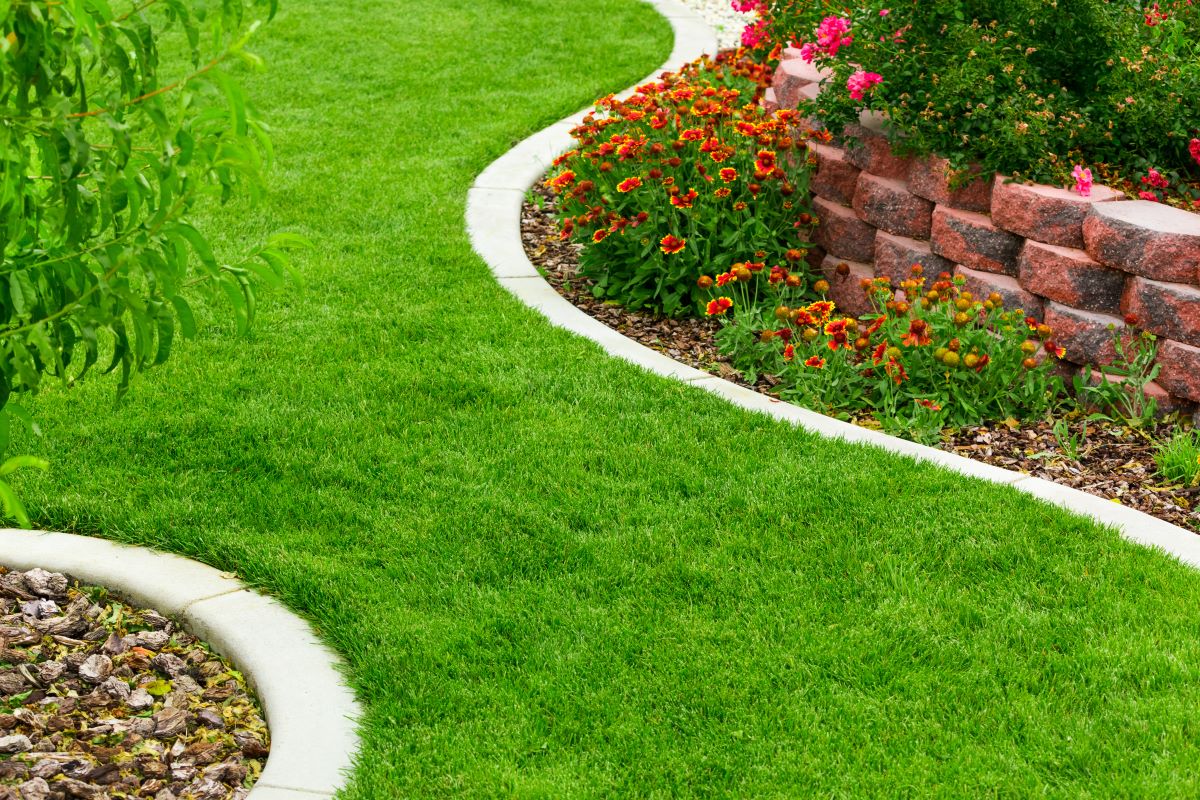When designing or making gardens, making them unique and vibrant are crucial factors to follow, and what better way to try something new than trying to replicate a desert garden in your landscape? Creating desert landscapes will only be a challenge when you’re trying to replicate them in moisture-rich places, but it’s still possible.
If you’re relatively new to gardening or the idea of desert gardens, consider borrowing these ideas from desert landscapes.
Irrigation Systems
Irrigation is crucial in the upkeep of desert gardens. Since water is a scarce commodity in these areas, they had to learn how to create elaborate installations for their irrigation systems. It’s good that water is more readily available in Perth and the other regions in Australia, allowing homeowners and commercial property owners alike to incorporate desert garden practices without much worry.
Irrigation refers to artificially applying water to the soil via different systems of manmade tubes, pumps, and sprays. There are several kinds of irrigation systems where water gets supplied evenly and uniformly to the whole field. Additionally, these systems also help you conserve water, allowing you to water fruit or flowering plants, gardens, and trees with ease.
Filtered Light
To make a semi-transparent wall, you can install polycarbonate rolls across the framework of the trellis. The bare wall will be articulated by the grapevines and their silhouette growing from the top. You can also tress or other plants to provide shade and filtered light for a more comfortable garden.
Ornamental Grass Garden
Lawn grass is not recommended for desert landscapes because of its dependency on water. The ideal grass for this type of setting is ornamental grasses, for they acclimate well to desert weather. Ornamental grasses provide screens, and these perennial plants serve as an everlasting green articulation in your garden.
This type of grass is easy to cultivate and maintain. They’re not selective about the kind of soil they’re on, not a pest magnet, and don’t need any fertilizers. They just need basic maintenance, such as removing dried leaves and trimming when the grasses become too large.
Layered Plantings
Sometimes you don’t want your plants to grow higher than what you want because they can block the view of mountains and vegetation in the distance. You might want to try and create layered plantings. You can use cacti and succulents instead of trees because trees can grow higher than you expect them to. On the other hand, Cacti can grow up to 15 feet or lower, which is preferable for this kind of setting.
Sculpture Garden
Desert gardens are often integrated with unusual and attractive forms and shapes, such as rosettes and spikes that give an impression of a sculptural design. You can combine the objects available around your areas, such as containers, boulders, sculptures, or pebbles, with these plants for a beautiful and attention-magnet desert garden. You can choose from varieties of desert plants, such as Desert spoon, Manzanitas, Ephedra, Agave, Rainbow hedgehog cactus, and more.

Ocotillo Rib Fencing
Ranchers and settlers have been using the historical material “Ocotillo” for making fences since a hundred and fifty years ago. Ocotillo is a native unusual looking plant from Desert Southwest. This plant is a living fence, accentuating the desert landscape style and space with its rustic appearance.
Its installation can be done in several easy ways. Dig a 6 inches deep trench alongside the fence line. You can use 6-foot T-posts or chicken wires to make sure that the Ocotillo panels are in place. Ocotillo canes in the pane can live for many years, and if they die, the canes will remain strong and sturdy and can still last for years.
If you’re designing or constructing a garden at your home or commercial property from scratch, try something new and get inspired by the mystery and beauty of desert gardens — and the six ideas mentioned can give you a great start.




